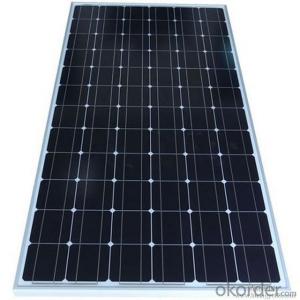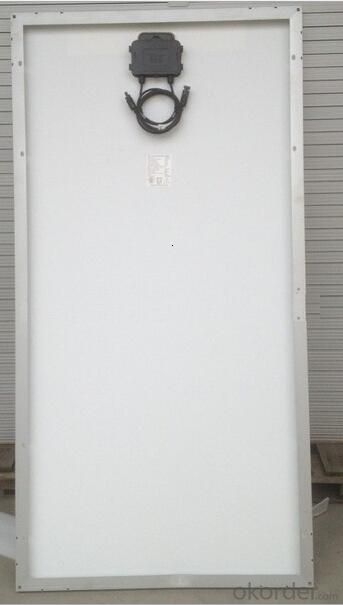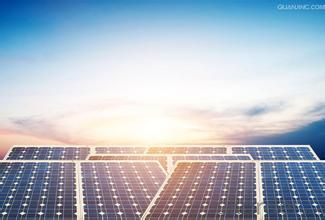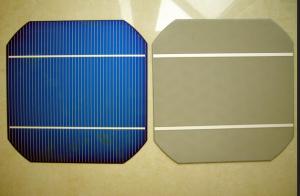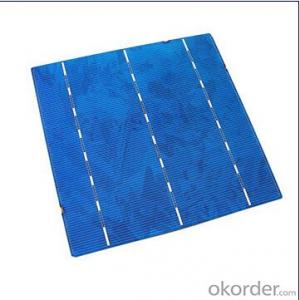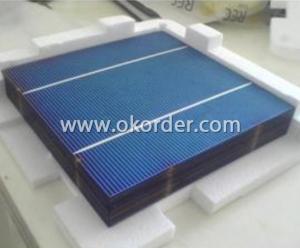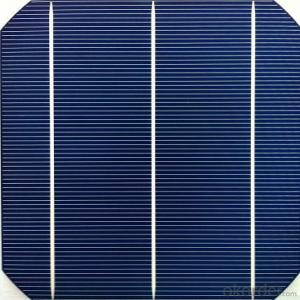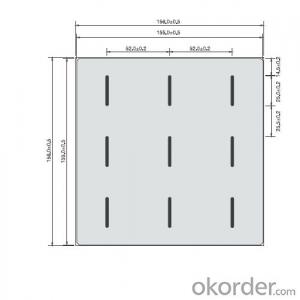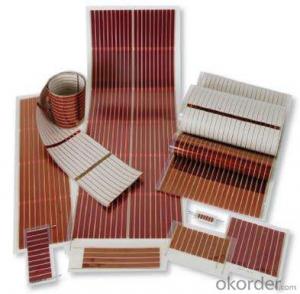25 Years Warranty Factory Direct A Grade Biogenic Solar Cells
- Loading Port:
- Shanghai
- Payment Terms:
- TT OR LC
- Min Order Qty:
- 111 watt
- Supply Capability:
- 1111111 watt/month
OKorder Service Pledge
OKorder Financial Service
You Might Also Like
1.Structure of Solar Module Description
The solar module is an off-gird solar power generator, designed to provide stable and reliable electricity to homes and communities without access to grid electricity or to those regions where are short of power or even without power. The solar module is convenient to move, easy to set-up with reliable performance, making it ideal for situations where emergency power is required. It is an ideal & reliable energy source for a wide variety of applications, ranging from lighting , radios, fans ,televisions ,computers ,refrigerator. The USB port is compatible with all 5V-USB charged devices. It can also act as a back-up power source during emergency situations.
2.Main Features of the Solar Module
1).High conversion efficiencies resulting in superior power output performance.
2).Outstanding power output even in low light or high temperature conditions
3).Optimized design for ease of soldering and lamination
4).Long-term stability,reliability and performance
3.Solar Module Images
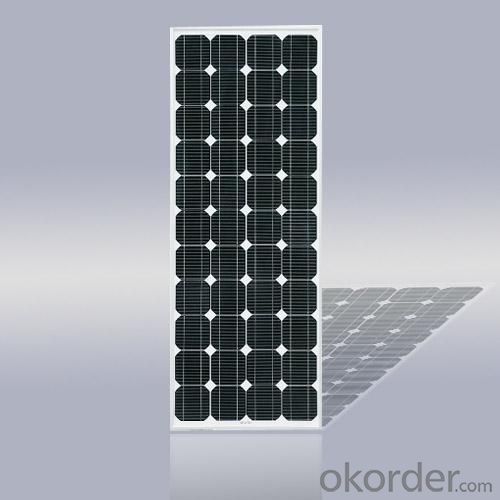
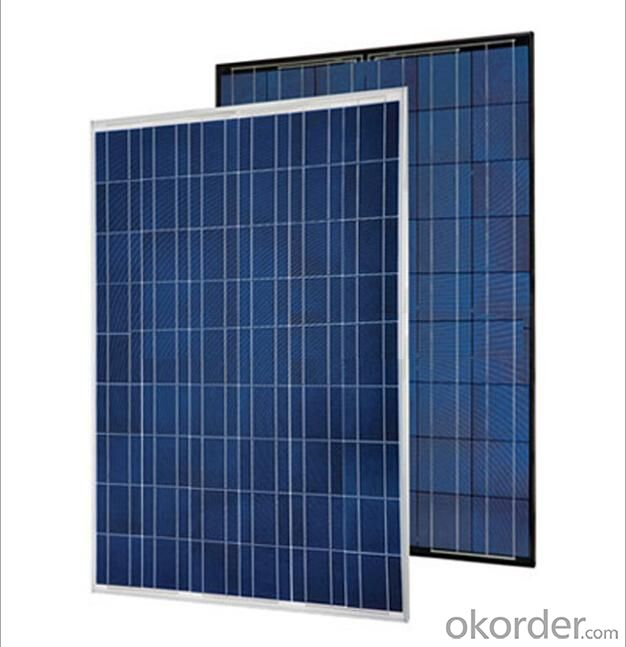
4.Solar Module Specification
Details about Solar Modules | |
Module Type | 50W-M |
Number of Cells | 36 pcs |
Dimensions | 540*680*30mm |
Peak Power (Pmax) | 50W |
Module Efficiency | 16.07% |
Cell Efficiency | 19% |
Power Tolerance | ±3% |
Open Circuit Voltage(Voc) | 21.6V |
Short Circuit Current(Isc) | 2.94A |
Working Current | 1.78A |
Working Voltage | 18V |
Max System Voltage | DC 600V |
Operating Temperature | -40°C~85 °C |
Nominal Operating Cell Temp | 47±2 °C |
Temp. coefficient Isc(TK Isc) | 0.06%/ °C |
Temp. coefficient Voc(TK Voc) | -0.34%/ °C |
Temp. coefficient Power(TK Pmax) | -0.42%/ °C |
Series Fuse Rating | 5A |
5.FAQ of Solar Module
1). Q: Are you a factory or trading company?
A: We are a factory.
2). Q: Where is your factory located? How can I visit there?
A: Our factory is located in Jiangyin, Jiangsu, China, near Shanghai. You are warmly welcomed to visit us!
3). Q: How can I get some samples?
A: Please connect me for samples
4). Q: Can the price be cheaper?
A: Of course, you will be offered a good discount for big amount.
- Q: Can solar cells be used to power wireless communication networks?
- Yes, solar cells can be used to power wireless communication networks. Solar cells are capable of converting sunlight into electricity, which can be stored in batteries or directly used to power various devices, including wireless communication equipment. This renewable energy source offers a sustainable and environmentally friendly solution for powering wireless networks in remote or off-grid locations. Additionally, advancements in solar cell technology have made them more efficient and cost-effective, making them a viable option for powering these networks.
- Q: What is the maximum temperature a solar cell can withstand?
- The maximum temperature a solar cell can typically withstand is around 85-90 degrees Celsius.
- Q: Can solar cells be used in commercial buildings?
- Yes, solar cells can definitely be used in commercial buildings. In fact, the use of solar cells in commercial buildings is becoming increasingly popular as it offers several benefits such as reduced energy costs, environmental sustainability, and a positive brand image. With advancements in technology, solar cells can now be integrated into the design of buildings, ensuring seamless integration and aesthetic appeal. Additionally, various financing options and government incentives make solar installations financially feasible for commercial buildings, further encouraging their adoption.
- Q: How do solar cells perform in areas with high levels of radiation?
- Solar cells perform well in areas with high levels of radiation. The excess radiation actually increases the energy output of the solar cells, allowing them to generate more electricity.
- Q: I know that solar cells are produced by DC and then converted into alternating current through the inverter, who explains why the solar cell is produced by DC?
- The sun is irradiated on the semiconductor p-n junction to form a new hole-electron pair. Under the action of the p-n junction electric field, the holes flow from the n region to the p region.
- Q: Can solar cells be used in underwater vehicles?
- Yes, solar cells can be used in underwater vehicles. However, their efficiency may be significantly reduced due to limited sunlight penetration through water. Specialized solar cells designed for underwater use can be utilized to generate power for these vehicles, but alternative power sources such as batteries or fuel cells are often used for efficient operation underwater.
- Q: What's the benefit of using a solar cell?
- It can help avoid the greenhouse effect.
- Q: What materials are commonly used to make solar cells?
- Silicon is the most commonly used material for making solar cells. Other materials, such as cadmium telluride, copper indium gallium selenide, and perovskite, are also used in certain types of solar cells.
- Q: Can solar cells be used in residential applications?
- Yes, solar cells can be used in residential applications. In fact, they are increasingly being utilized in homes as a renewable and sustainable source of energy. Solar panels can be installed on rooftops or in yards to convert sunlight into electricity, reducing dependency on traditional power grids and lowering energy costs for homeowners.
- Q: What is the role of tracking systems in solar cell installations?
- The role of tracking systems in solar cell installations is to optimize the efficiency and output of the solar panels by adjusting their position and angle throughout the day to track the movement of the sun. This allows the panels to capture the maximum amount of sunlight and generate more electricity, increasing the overall performance and effectiveness of the solar cell installation.
Send your message to us
25 Years Warranty Factory Direct A Grade Biogenic Solar Cells
- Loading Port:
- Shanghai
- Payment Terms:
- TT OR LC
- Min Order Qty:
- 111 watt
- Supply Capability:
- 1111111 watt/month
OKorder Service Pledge
OKorder Financial Service
Similar products
Hot products
Hot Searches
Related keywords
